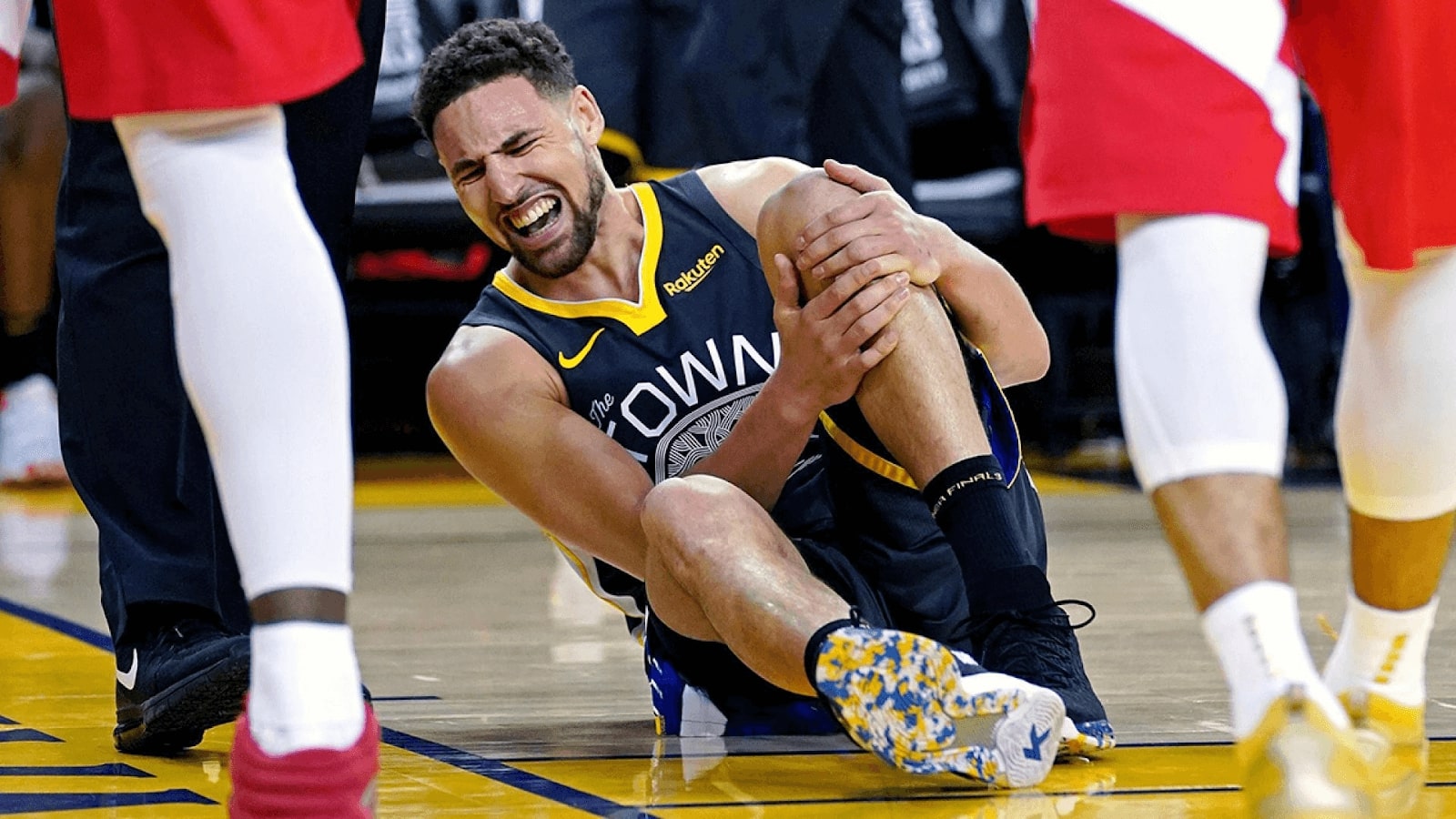The anterior cruciate ligament (ACL) is one of the key ligaments stabilizing your knee joint. It connects the thigh bone (femur) to the shin bone (tibia) and controls rotational movement. ACL injuries often happen during high-impact activities such as basketball, soccer, skiing, or football, especially when your foot is firmly planted, and your body pivots or stops suddenly.

Knowing the typical symptoms of an ACL tear is crucial for early diagnosis and treatment. Here are four common signs to watch for:
Many people report hearing or feeling a “pop” or snapping sensation at the moment the ACL tears. This distinct sound often signals a serious knee injury.
Rapid swelling usually occurs within the first few hours after injury. The knee becomes painful, tender, and difficult to move due to inflammation.
An ACL tear often causes decreased mobility, making it challenging to fully bend or straighten your knee.
You may feel your knee “give out” or buckle when trying to walk or bear weight, indicating the knee joint is unstable.
ACL tears typically happen during activities that place excessive stress on the knee, such as:
ACL injuries vary in severity and are categorized into three grades:
If you experience any of the symptoms above, it’s essential to consult a knee specialist promptly. Early diagnosis helps prevent worsening damage.
Your doctor will perform a physical exam to assess knee stability and may order imaging tests such as X-rays or MRI scans to check ligament and bone damage.
Mild ACL injuries can often be treated with rest, ice, compression, elevation (RICE), and physical therapy focused on regaining knee strength and mobility.
For severe ACL tears, especially those causing knee instability, surgery is often recommended. During ACL reconstruction:
Recovery varies depending on injury severity and treatment type. Physical therapy plays a vital role in restoring:
Regular follow-up visits with your orthopedic surgeon and therapist ensure progress and safe return to sports or daily activities.
Understanding the symptoms and risk factors of ACL tears helps reduce injury risk. Key prevention strategies include:
If you suspect an ACL tear, don’t delay in seeking expert care. NY Orthopedics offers specialized knee injury diagnosis and treatment across multiple New York locations and New Jersey. Our experienced orthopedic surgeons and physical therapists work together to design personalized treatment plans that get you back on your feet safely and efficiently.
Learn more about ACL injury prevention or schedule an appointment with Dr. Elguizaoui today. Your road to recovery starts here!
ACL tears are a frequent injury in sports and physical activities that involve quick stops, sudden changes in direction, or direct impacts to the knee. Recognizing the symptoms of an ACL tear early can prevent further damage and speed up your recovery. In this guide, we’ll help you identify common signs of an ACL injury and explain when it’s important to consult a knee specialist for treatment.
The anterior cruciate ligament (ACL) is one of the key ligaments stabilizing your knee joint. It connects the thigh bone (femur) to the shin bone (tibia) and controls rotational movement. ACL injuries often happen during high-impact activities such as basketball, soccer, skiing, or football, especially when your foot is firmly planted, and your body pivots or stops suddenly.

Knowing the typical symptoms of an ACL tear is crucial for early diagnosis and treatment. Here are four common signs to watch for:
Many people report hearing or feeling a “pop” or snapping sensation at the moment the ACL tears. This distinct sound often signals a serious knee injury.
Rapid swelling usually occurs within the first few hours after injury. The knee becomes painful, tender, and difficult to move due to inflammation.
An ACL tear often causes decreased mobility, making it challenging to fully bend or straighten your knee.
You may feel your knee “give out” or buckle when trying to walk or bear weight, indicating the knee joint is unstable.
ACL tears typically happen during activities that place excessive stress on the knee, such as:
ACL injuries vary in severity and are categorized into three grades:
If you experience any of the symptoms above, it’s essential to consult a knee specialist promptly. Early diagnosis helps prevent worsening damage.
Your doctor will perform a physical exam to assess knee stability and may order imaging tests such as X-rays or MRI scans to check ligament and bone damage.
Mild ACL injuries can often be treated with rest, ice, compression, elevation (RICE), and physical therapy focused on regaining knee strength and mobility.
For severe ACL tears, especially those causing knee instability, surgery is often recommended. During ACL reconstruction:
Recovery varies depending on injury severity and treatment type. Physical therapy plays a vital role in restoring:
Regular follow-up visits with your orthopedic surgeon and therapist ensure progress and safe return to sports or daily activities.
Understanding the symptoms and risk factors of ACL tears helps reduce injury risk. Key prevention strategies include:
If you suspect an ACL tear, don’t delay in seeking expert care. NY Orthopedics offers specialized knee injury diagnosis and treatment across multiple New York locations and New Jersey. Our experienced orthopedic surgeons and physical therapists work together to design personalized treatment plans that get you back on your feet safely and efficiently.
Learn more about ACL injury prevention or schedule an appointment with Dr. Elguizaoui today. Your road to recovery starts here!